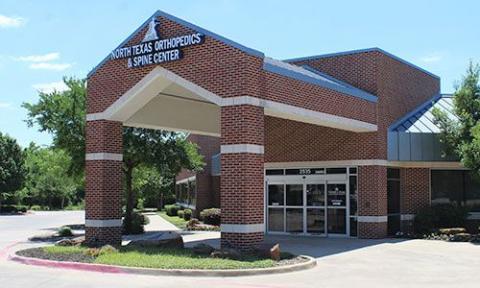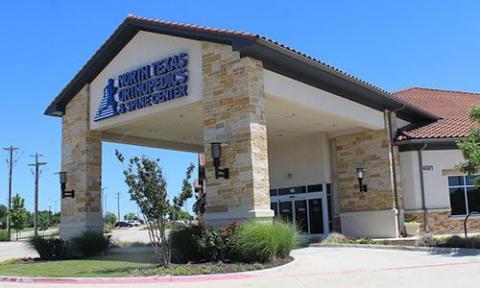Finger joint fusion, also known as arthrodesis, is a surgical procedure commonly performed on the distal interphalangeal (DIP) joint—the joint closest to the fingertip. This procedure is typically used to relieve pain and restore function in cases of severe arthritis, injury, or deformity. In this blog post, we will explore the causes that lead to DIP joint fusion, the surgical process, and what to expect during recovery.

Finger joint fusion involves permanently joining the bones of the affected joint, eliminating motion and thereby reducing pain. While this results in a loss of joint flexibility, it provides stability and allows the finger to function effectively for daily tasks.
DIP joint fusion is usually recommended for:
The surgical process typically involves the following steps:
The procedure is usually completed in under an hour and can often be performed on an outpatient basis.
Recovery times vary but typically include:
Before opting for fusion surgery, other treatments may be considered:
Finger joint fusion for the DIP joint is an effective solution for individuals experiencing chronic pain, instability, or deformities. While it limits motion in the affected joint, the procedure offers significant improvements in overall hand function and quality of life. If you are considering DIP joint fusion, consult a qualified hand specialist to determine if it’s the right option for you.
For more information on hand health and surgical options, explore our blog or schedule a consultation with one of our experienced specialists today.
See why our patients love our physicians, quality of care, and amazing results.
*Based on Independent Market Research


© 2024, North Texas Orthopedics & Spine CENTER. All rights reserved.